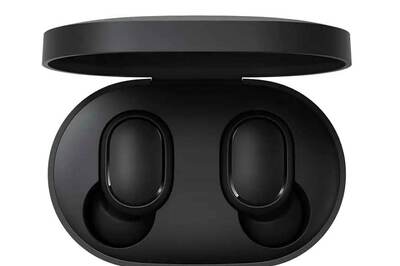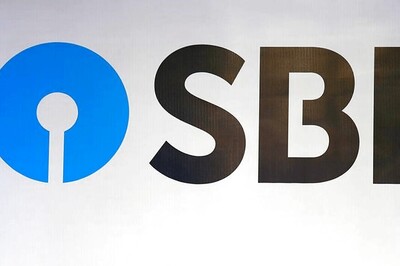
views
In the rapidly evolving landscape of commercial interior design and construction, the emergence of meta reality is revolutionising traditional methods. Meta reality, a blend or fine amalgamation of augmented reality (AR), virtual reality (VR), and mixed reality (MR), represents a transformative shift in how commercial spaces are conceived and created.
The worldwide spending on augmented reality and virtual reality (AR/VR) is earmarked to touch $50.9 billion in 2026, according to a spending guide by International Data Corporation (IDC). Worldwide Augmented and Virtual Reality Spending Guide of IDC also cited that the five-year compound annual growth rate (CAGR) for AR/VR spending will be 32.3%. Virtual reality will account for more than 70% of all AR/VR spending throughout the 2022-2026 forecast while overall spending will be almost evenly split between the consumer and commercial application.
It is more of a sort of transformative approach than a traditional approach in the way commercial spaces are designed and built. To stay ahead, interior design and build firms must embrace cutting-edge technology and utilise advanced tools that not only enhance the design and build of commercial spaces & construction process but also ensure exceptional client satisfaction and delight at every stage.
The Rise of Meta-Reality in Commercial Design
Meta-Reality is an amalgamation of augmented reality (AR), virtual reality (VR), and mixed reality (MR) technologies. It is used to create an experience for the client which is immersive in nature and that goes beyond boundaries from a traditional approach. In interior design and build for commercial spaces, this allows any firm to help visualise, plan and build commercial projects with the utmost precision, cost efficiency, as well as within stipulated timelines as shared with the end client. What this helps the firms is to draw a 3-D visual walkthrough of spaces even before they are built, so end clients have a sense of what their future commercial space environments are even before a single brick is laid and this helps them understand what to expect when the project is completed.
Enhancing Visualisation and Client Engagement
What the most significant advantages of meta reality brings to the end client is the enhanced visualisation firms can now showcase to them instead of the traditional 2-d layouts and 3-d renders.AR also works as a game changer for On-site visualisation as it overlay digital elements onto physical spaces, helping designers and builders visualise how different elements (like furniture, lighting, and finishes) will look in the actual environment.
The walkthroughs firms can now showcase to clients helps them understand exactly what the aesthetics of the commercial space will be, the finishes used, etc. Clients also have the opportunity to make real-time changes with the design firm along the walkthrough to see what change are needed and how functional the space is. To further bolster the experiential feel, leveraging meta-reality, companies can now create virtual showrooms where customers can explore products in a highly detailed, immersive environment without leaving their homes.
Streamlining the Design and Build Process
What Meta-reality also helps with is the project management phase by helping firms streamline processes and workflows. This helps the internal teams of the firm understand what needs to be done in an efficient manner, which impacts timelines in a positive way. Clients also now, with the use of meta reality conduct reviews online with remote site viewing to see the progress of the commercial space and share feedback and changes if necessary. This not only saves time, efforts and cost, but it also creates client delight at every step of the design and build process and ensures there is no miscommunication at any step.
Bridging the Gap Between Design and Reality
The amalgamation of the real and virtual worlds in design and build is not just about the use of technology for helping in visualisation or in bridging gaps in what the designs are in real or shown virtually or even the project management phase. The use of MR is to ensure that the designs made by the design firm are creative, using the best available resources which are available in the market and ensuring that with effective communication, the client gets what is the best outcome for their commercial spaces.
With MR, it also allows the firm and the client to make data based decisions in terms of the available commercial products and finishes available in the market, what layout would suit better to enhance efficiency and productivity of the workforce, the kind of light systems that would be required, HVAC optimisations and so forth. What this data-driven approach does is to ensure that commercial spaces are not only practical in nature but also are eye-pleasing when finally built and also sustainable in nature.
In conclusion, the usage of MR is transforming how design firms are now designing and building commercial spaces and how it is experienced by end clients. In India, this trend is poised to grow as technology becomes more integrated into everyday life and business practices.
(Inputs by Kunal Sharma, Founder & CEO at Flipspaces)




















Comments
0 comment